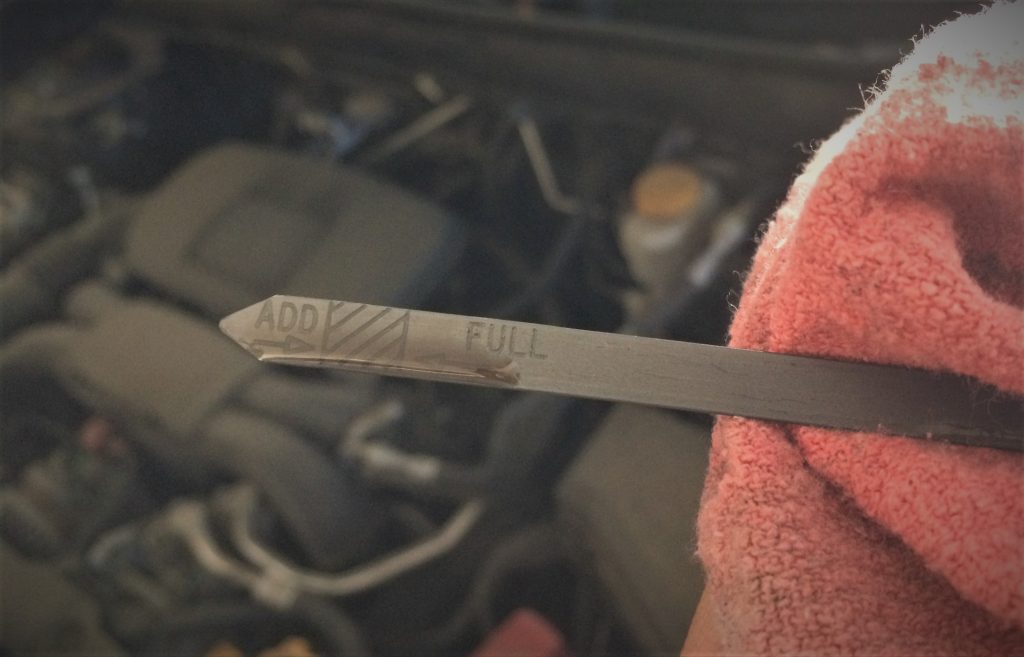Editor’s Note: This guest post is courtesy of the Car Care Council, which is dedicated to educating vehicle owners about the benefits of regular vehicle maintenance through its “Be Car Care Aware” program.

Basic car care is the key to a long-lasting vehicle, improving its safety and increasing its dependability.
“Neglected vehicle care almost always means much higher costs down the line in the form of more extensive repairs or lost resale value,” said Rich White, executive director, Car Care Council. “Following a routine maintenance program makes financial sense, extending useful vehicle life and helping avoid costly repairs down the road.”
A recent Car Care Council survey found:
- 38 percent of cars had low or dirty engine oil.
- 54 percent had low tire pressure.
- 28 percent had inadequate cooling protection.
- 19 percent needed new belts.
- 16 percent had dirty air filters.
- 10 percent had low or contaminated brake fluid.
The Car Care Council recommends 10 basic maintenance procedures to keep your car operating at its best for the long haul:
- Check all fluids, including engine oil, power steering fluid, brake and transmission fluid as well as windshield washer solvent and antifreeze/coolant.
- Check the hoses and belts to make sure they are not cracked, brittle, frayed, loose or showing signs of excessive wear.
- Check the battery and replace if necessary. Make sure the connection is clean, tight and corrosion-free.
- Check the brake system annually and have the brake linings, rotors and drums inspected at each oil change.
- Inspect the exhaust system for leaks, damage and broken supports or hangers if there is an unusual noise. Exhaust leaks can be dangerous and must be corrected without delay.
- Schedule a tune-up to help the engine deliver the best balance of power and fuel economy and produce the lowest level of emissions.
- Check the heating, ventilating and air conditioning (HVAC) system as proper heating and cooling performance is critical for interior comfort and for safety reasons such as defrosting.
- Inspect the steering and suspension system annually including shock absorbers, struts and chassis parts such as ball joints, tie rod ends and other related components.
- Check the tires, including tire pressure and tread. Uneven wear indicates a need for wheel alignment. Tires should also be checked for bulges and bald spots.
- Check the wipers and lighting so that you can see and be seen. Check that all interior and exterior lighting is working properly and replace worn wiper blades so you can see clearly when driving during precipitation.
In celebration of National Car Care Month, the non-profit Car Care Council has introduced a custom service schedule. The personalized schedule and email reminder service is a free resource to help motorists drive smart, save money and make informed decisions. Also, did you know that we have a popular 60-page car care guide? It reviews vehicle component groups, nine major services and includes a service interval schedule. We offer a free copy to anyone who requests one on our website.
Look for more guest posts from your friends at the Car Care Council shortly.

Comments